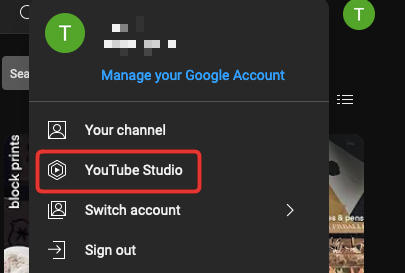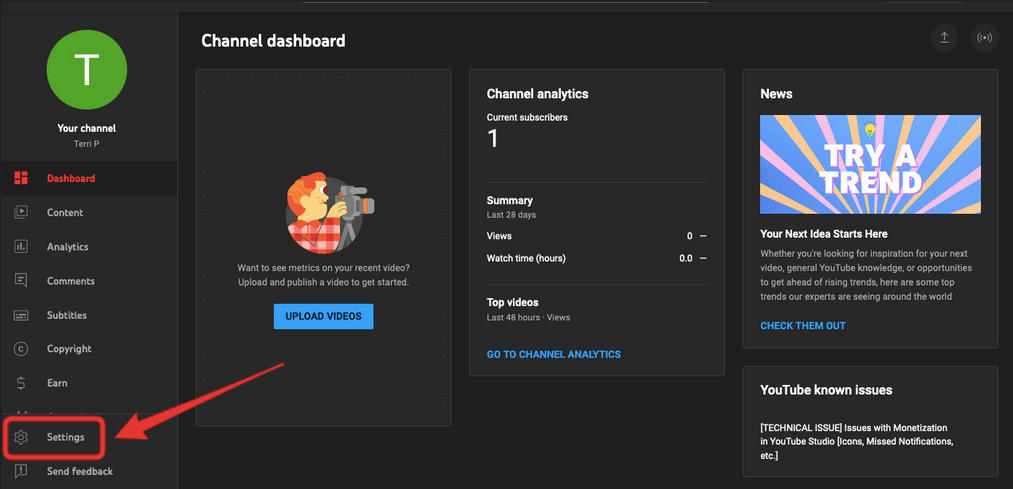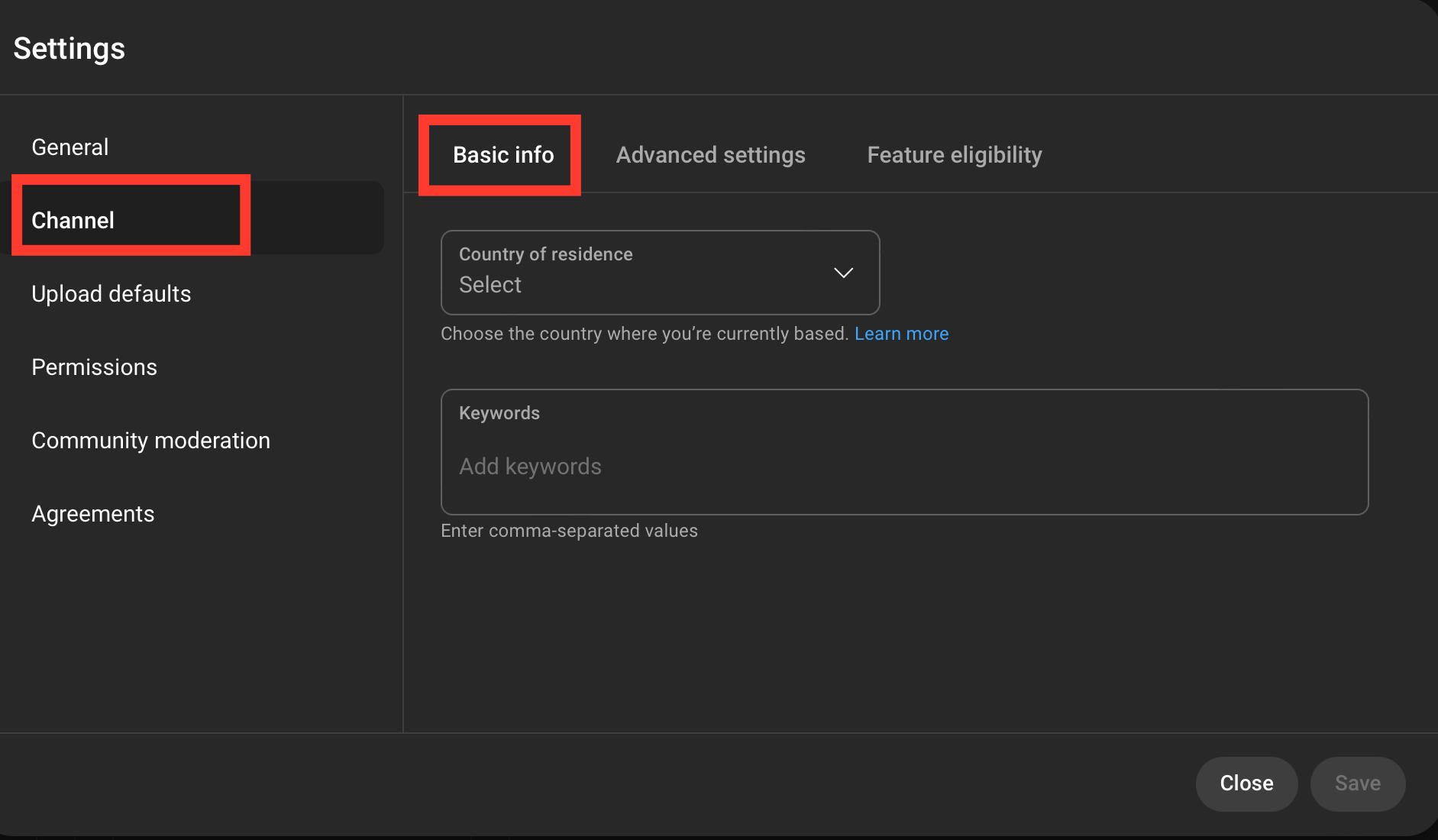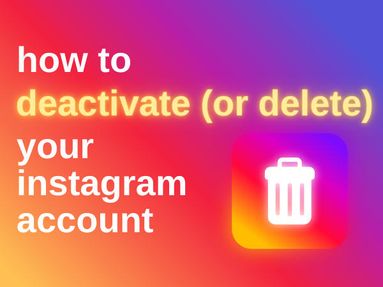Want more YouTube views? Learn how to create videos that attract YouTube users, appear at the top of YouTube search, and meet the hidden requirements of the YouTube algorithm and top search engines so you can boost your YouTube presence and even start earning from your video content!
Improve YouTube SEO
If you want to rise to the top of YouTube's search results or search queries on Google, you're going to need to know the basics of YouTube SEO.
YouTube SEO includes:
- Channel optimization
- Channel keywords
- YouTube video titles
- YouTube video descriptions
- YouTube video tags
- Video cards
- Video chapters
- Thumbnails
Channel Optimization
Before you start posting more videos, you're going to want to ensure that your own channel is maximized for promoting your YouTube content. This includes:
- Using a channel name that accurately depicts your brand and stands out
- Crafting a 100-150 word channel description that includes any keywords you want to rank for and entices new visitors
Channel Keywords
Channel keywords help the YouTube algorithm better categorize your channel and understand your target audience. With the right keywords, you can increase your chances of appearing on the YouTube homepage and in front of more YouTube viewers altogether.
How To Add Channel Keywords
Click your profile picture to open the pop up menu.
Click YouTube Studio.

Click Settings.

Click Channel > Basic Info.

From here, input a list of target keywords relevant to the type of current of future videos you intend to make.
Your target keywords should include subject matter you want to specialize in, the style of video (such as 'how to video'), your brand name, and any other keywords relevant to your niche.
Not sure where to begin? Browse channels in a similar niche to yours and see if you notice any recurring keywords in their video titles or descriptions.
YouTube Video Titles
The first element of video SEO is your video title. As a YouTube creator, your YouTube video title is your first line of attraction for new viewers. A video title that's too wordy, vague, or otherwise boring is not going to do you any favors.
Compare the two titles for the videos below:


The TED video title is simple and vague - the video is providing study tips but it's not clear why these tips stand out from the rest. In fact, it's likely thanks to the large subscriber base of the TED channel that this video received so many views.
On the other hand, the second video title includes more descriptive words like 'ultimate guide', plus eye-catching text in all caps.
Here are a few things to keep in mind when writing a YouTube video title:
- Keep it brief and specific
- Avoid click-bait but don't give everything away
- Add emojis and strategic capitalization to make it pleasing to the eye
YouTube Video Descriptions
When you create a new video, your description might seem like the least important thing behind your title and thumbnail - but it's one of the most valuable elements of YouTube SEO.
Think of your description as a mini blog post. It's a place where you can summarize the entire video in brief, add timestamps, include relevant keywords and links to your website or other social media platforms, promote a YouTube contest, input FAQs, and more.
Spruce things up with emojis, link shortcuts, and consider creating description templates so that you can copy and paste recurring information for every video to keep things consistent.
YouTube Video Tags
Much like channel keywords, video tags allow you to tag individual videos with keywords that you hope to rank for. Try to avoid being too vague here, the more specifically you tag a video the more likely it is to appear in front of your target audience.
Just like with channel keywords, browse content from creators who are making similar videos to yours and see what keywords they're using.
Video Cards
Video cards allow you to promote more videos within your own video, as well as auto generated suggested videos at the end of your content. Try to promote videos similar to the current one, or videos that expand on the subject matter. This is more likely to get users to view your next video, keeping them in a constant flow of your content.
Video Chapters
Tagging video chapters in your content is an important element of YouTube SEO, mainly because it improves overall user experience and retention. Oftentimes viewers just want to get straight to the point. Tagging your chapters allows them to find the info they're looking for, providing greater value.
Thumbnails
If you want your content to stand out among other videos in the search results or suggested videos tab, an eye-catching thumbnail is going to give you the most impact.
Compare the thumbnails below:


The TED video thumbnail is clear and concise, but it's not as visually compelling as the second video thumbnail. The font is simple and easy to read, but compare the phrases 'how to study' and 'the only video you need to be an academic weapon' - one is clearly more engaging than the other.
Along with this, the first thumbnail includes an illustration of a person while the second includes an actual photo of the video creator as well as a visually pleasing collage background that fits the video's theme. Additional keywords are added in the second thumbnail to really elaborate on the purpose of the video.
Here are a few things to keep in mind when designing thumbnails
- Use blue, green, orange, or yellow to stand out on the platform
- Integrate easy to read font that builds on the title subject
- Include a human being in the image or other relevant figures
- Remember that the eye is drawn from left to right
Know Your Target Audience
The first step of any digital marketing approach is to understand your target audience. Thankfully, YouTube's built in analytics dashboard has everything you need to get started.
Check out our complete guide to YouTube analytics plus our detailed post explaining YouTube traffic sources.
Engage With Your Audience

One of the biggest YouTube tips that many video creators overlook in the early days of their channel is engaging with your YouTube community.
The first viewers and commenters you get are the most valuable, because they're sticking with your content for what it is and helping you build a foundation of engagement on your channel.
Reply to comments, give them a thumbs up, encourage viewers to share their thoughts, host FAQs - whatever you do, do it consistently and with sincerity.
Invest In YouTube Promotion Services
A lesser known YouTube strategy is to buy YouTube engagement. This is a great way to help your channel grow, especially in the early days when it can take months (if not years) to have your content appear the top of the YouTube search results.
Instead of wasting tons of money on YouTube ads, Google ads, or video marketing approaches that don't work, consider investing in YouTube views, subscribers, likes, and other forms of engagement to help give you a leg up on the YouTube marketing game.
Schedule Livestreams & Create YouTube Shorts
Don't just stick to traditional YouTube videos! Creating livestreams or briefer Shorts is a great way to diversify the content on your channel, and appeal to a wider audience in the process.
You can take snippets of a full video to re-use as a Short, or go live simultaneously on Twitch and YouTube using streaming software for maximum social media efficacy.
Cross-Promote Your Content

Not only should you be promoting your new video on your other social media platforms, but you should also consider building hype for your next video, promoting your livestreams, sharing Shorts content on TikTok or Instagram Reels, and otherwise encouraging your followers to engage with your YouTube content.
Create YouTube Playlists
Creating playlists of your own content is a great way to direct viewers from one video to the next. You can build up playlists based on theme, video length, and more. YouTube counts playlist views like any other view, so it's a great way to boost engagement and maintain audience retention.
Collab With Other YouTubers
Much like engaging with your audience, collaborating with other YouTubers is a great way to build a YouTube community.
Reach out to creators in your niche, either with a similar subscriber count or slightly below or above. You can collaborate on videos, create a contest or giveaway together, or simply offer a shoutout.


